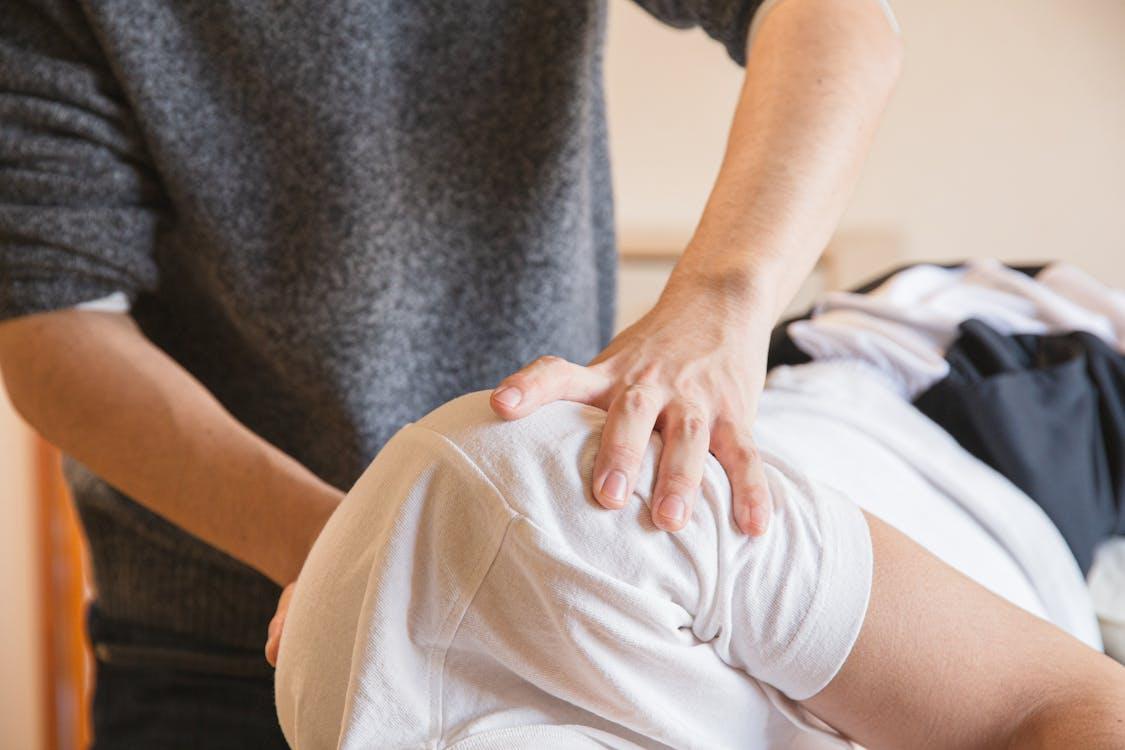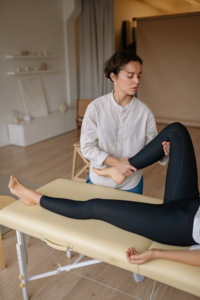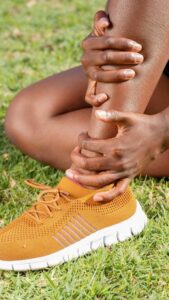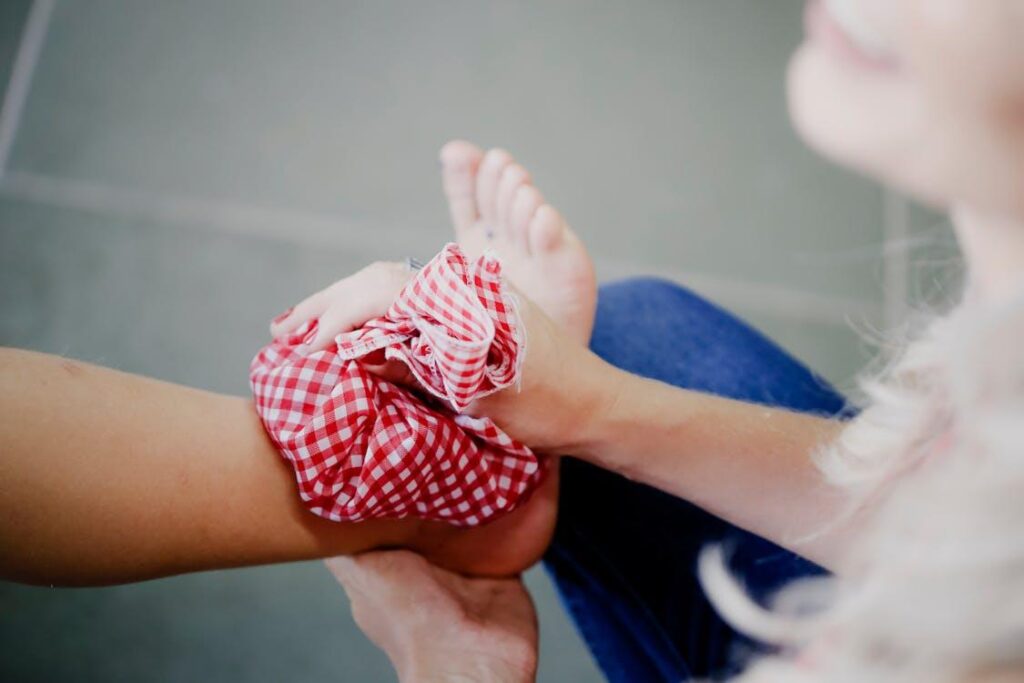Injuries are part of life, whether from a sudden twist, overuse, or an accident during everyday activity. For decades, the go-to recommendation has been the RICE method for injury: Rest, Ice, Compression, and Elevation. But in recent years, recovery science has evolved. Healthcare professionals now advocate for updated techniques that emphasize movement, circulation, and long-term function alongside the foundational RICE principles.
If you’ve ever been sidelined by a sprain, strain, or soft tissue injury, understanding both traditional and modern recovery methods can help you heal faster, avoid re-injury, and know when to take time off work to fully recover.
This blog breaks down the classic RICE method for injuries, explores updated approaches such as P.E.A.C.E. and L.O.V.E., and offers practical guidance on when rest and proper documentation might be essential to your recovery.
The RICE Method: A Time-Tested Approach
The RICE method was first introduced in 1978 by Dr. Gabe Mirkin and quickly became the standard first-aid protocol for soft tissue injuries. Here’s what it includes:
- Rest:Avoiding use of the injured area to prevent further damage
- Ice:Reducing inflammation and numbing pain
- Compression:Wrapping the area to limit swelling
- Elevation:Raising the injured body part above heart level to reduce blood flow and pressure
These steps are still relevant, especially during the first 24–48 hours post-injury. They help reduce swelling and manage pain, giving the body time to begin repairing itself.
However, new research shows that relying solely on RICE may actually slow healing if applied too long or without adaptation.

Modern Recovery: The Shift Toward Movement and Circulation
Today, medical professionals advocate for more active and nuanced approaches to injury recovery. Methods such as P.E.A.C.E. and L.O.V.E., developed by clinicians, take RICE a step further:
- E.A.C.E. (Protect, Elevate, Avoid anti-inflammatories, Compress, Educate): focuses on protection and education immediately after injury.
- O.V.E. (Load, Optimism, Vascularization, Exercise)– emphasizes movement, mindset, and rebuilding strength during the recovery phase.
This updated model shifts away from passive rest toward early, guided movement to stimulate blood flow, tissue repair, and long-term mobility.

Key Differences Between RICE and Newer Methods
While the RICE method focuses on immediate post-injury care, newer approaches like P.E.A.C.E. and L.O.V.E. take a broader view of the entire recovery process. Here’s how they differ:
- Emphasis: RICE centers on passive rest and reducing inflammation, while modern methods emphasize active recovery, patient education, and improved circulation to promote healing.
- Duration: RICE is designed for the first 24–72 hours after injury. P.E.A.C.E. and L.O.V.E. guides patients through the full healing timeline, from acute care to rehabilitation.
- Outlook: Traditional RICE aims to suppress symptoms like swelling and pain. Newer strategies focus on supporting long-term function and tissue regeneration.
- Use of Anti-Inflammatories: RICE often includes over-the-counter anti-inflammatory medications. Updated guidance discourages their early use, as they may interfere with the body’s natural healing process.
The takeaway? RICE still has value, especially in the early phase, but it’s just one piece of the puzzle. Modern recovery strategies encourage a more holistic, dynamic approach to healing.
When to Use RICE vs. Active Recovery
Use RICE:
- Immediately after a soft tissue injury
- To control swelling and reduce pain
- In the first 24–72 hours
Transition to Active Recovery:
- After the acute phase
- When swelling subsides and pain becomes manageable
- With guidance from a physical therapist or physician
Early movement should be gentle and progressive. Too much activity too soon can worsen the injury, but not enough can delay healing.

The Role of Mental Recovery in Physical Healing
Injury doesn’t only affect the body—it impacts mental well-being, too. Frustration, anxiety, and fear of losing progress are common during recovery. New approaches acknowledge the value of optimism and education in the process.
By staying informed and confident in your body’s healing abilities, you may experience less pain, improved outcomes, and a faster return to daily life.
When Rest from Work or School Is Necessary
Sometimes, full recovery requires more than modified movement or home care; it requires time off from physically demanding jobs or cognitively taxing roles. If pain or mobility issues interfere with your ability to perform tasks safely and effectively, stepping away temporarily is the responsible choice.
In these situations, having proper documentation, such as a doctor’s note for work or a medical certificate for leave, can help protect your job or academic standing. Whether you’re dealing with:
- A sprained ankle from a fall
- Tendinitis from repetitive strain
- Lower back pain from lifting or posture issues
- General soft tissue trauma that limits your ability to walk, sit, or stand
Resting properly could mean the difference between temporary discomfort and chronic pain.

When to Seek Professional Documentation
Employers, schools, and organizations often require proof of injury when requesting excused absences, light duty, or medical leave. If you’re unable to work for a day or several, getting a doctor’s note for work online or a medical certificate for leave helps ensure your time off is protected.
This becomes especially important for those in physically demanding fields like healthcare, logistics, retail, education, or construction, where improper recovery could lead to reinjury or endanger others.
In cases where the injury requires long-term leave, exploring Family and Medical Leave Act (FMLA) certification may be necessary. Having the right documentation in place ensures you can prioritize healing without risking job loss or misunderstanding.
Recovery Takes Time—And the Right Support
While the RICE method has earned its place as a foundational part of injury care, it’s no longer the full story. Modern recovery prioritizes movement, mindset, and informed action to promote healing and prevent re-injury.
If you’re dealing with a soft tissue injury that’s limiting your ability to work, study, or perform everyday tasks, give your body the chance to recover completely, and give yourself permission to rest without guilt.
Get the Documentation You Need to Recover Safely
Whether you’re managing a short-term injury or need extended time off, having valid documentation can protect your recovery time, job security, and peace of mind. My Doctor’s Note makes the process simple—you can get a real doctor’s note online from a licensed provider, without needing to wait for an in-person appointment.
Need more than just a day? We also offer FMLA certification services, so you can apply for job-protected leave under the Family and Medical Leave Act without added stress.
It’s fast, private, and secure. Get your doctor’s note online for work or school today and give your body the recovery time it deserves.


